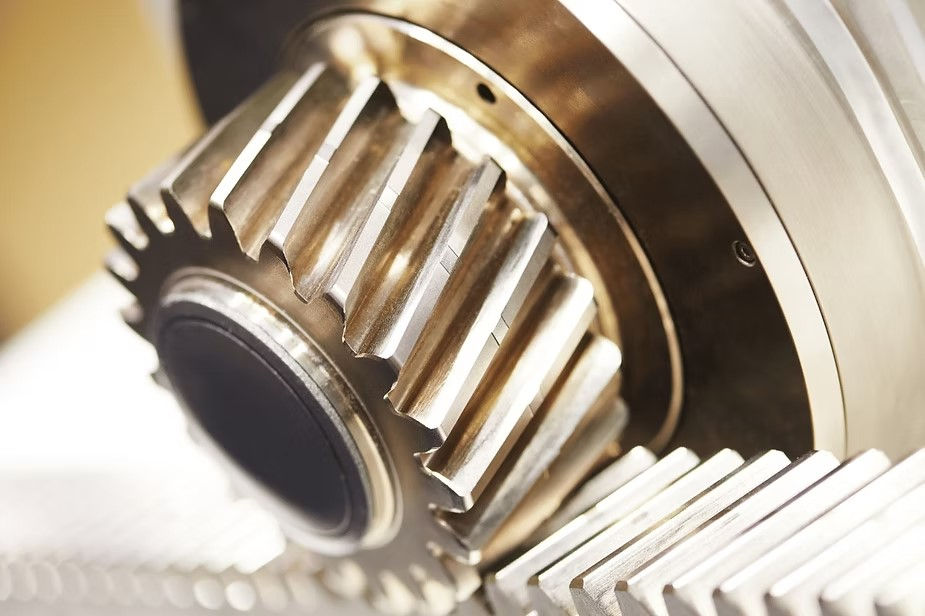The Basics of Machining: A Comprehensive Guide.
- magsonssakhib
- Apr 22, 2023
- 2 min read
Machining is the process of removing material from a workpiece to create a desired shape and size. It is a fundamental process in the manufacturing industry and is used to produce a wide variety of products, from simple components to complex machines. In this comprehensive guide, we will cover the basics of machining, including the types of machining, the tools and equipment used, and the applications of machining in various industries.
Types of Machining
There are several types of machining, each of which is used for specific purposes. The most common types of machining are:
1. Turning: Turning is the process of rotating a workpiece while a cutting tool removes material from its surface. It is used to create cylindrical parts such as shafts and bearings.
2. Milling: Milling is the process of removing material from a workpiece using a rotating cutting tool. It is used to create flat surfaces and complex shapes.
3. Drilling: Drilling is the process of creating a hole in a workpiece using a rotating cutting tool. It is used to create holes for fasteners and other components.
4. Grinding: Grinding is the process of removing material from a workpiece using an abrasive wheel. It is used to create smooth surfaces and precise dimensions.
Tools and Equipment Used in Machining
To perform machining, a variety of tools and equipment are required. The most common tools and equipment used in machining are:
1. Lathe: A lathe is a machine tool used for turning operations. It rotates a workpiece while a cutting tool removes material from its surface.
2. Milling Machine: A milling machine is a machine tool used for milling operations. It uses a rotating cutting tool to remove material from a workpiece.
3. Drill Press: A drill press is a machine tool used for drilling operations. It uses a rotating cutting tool to create holes in a workpiece.
4. Surface Grinder: A surface grinder is a machine tool used for grinding operations. It uses an abrasive wheel to remove material from a workpiece and create smooth surfaces.
Applications of Machining
Machining is used in a wide variety of industries to produce a diverse range of products. Some of the most common applications of machining are:
1. Aerospace: Machining is used to produce components for aircraft engines, landing gear, and other aircraft systems.
2. Automotive: Machining is used to produce components for engines, transmissions, and other automotive systems.
3. Medical: Machining is used to produce components for medical devices, such as prosthetics and surgical instruments.
4. Electronics: Machining is used to produce components for electronic devices, such as computer components and circuit boards.
5. Construction: Machining is used to produce components for construction equipment and infrastructure.
Conclusion
Machining is a fundamental process in the manufacturing industry, used to produce a wide range of products. There are several types of machining, each of which is used for specific purposes. The most common types of machining are turning, milling, drilling, and grinding. To perform machining, a variety of tools and equipment are required, including lathes, milling machines, drill presses, and surface grinders. Machining is used in a wide variety of industries, including aerospace, automotive, medical, electronics, and construction. By understanding the basics of machining, you can gain a better understanding of the manufacturing process and how products are created.







Comments